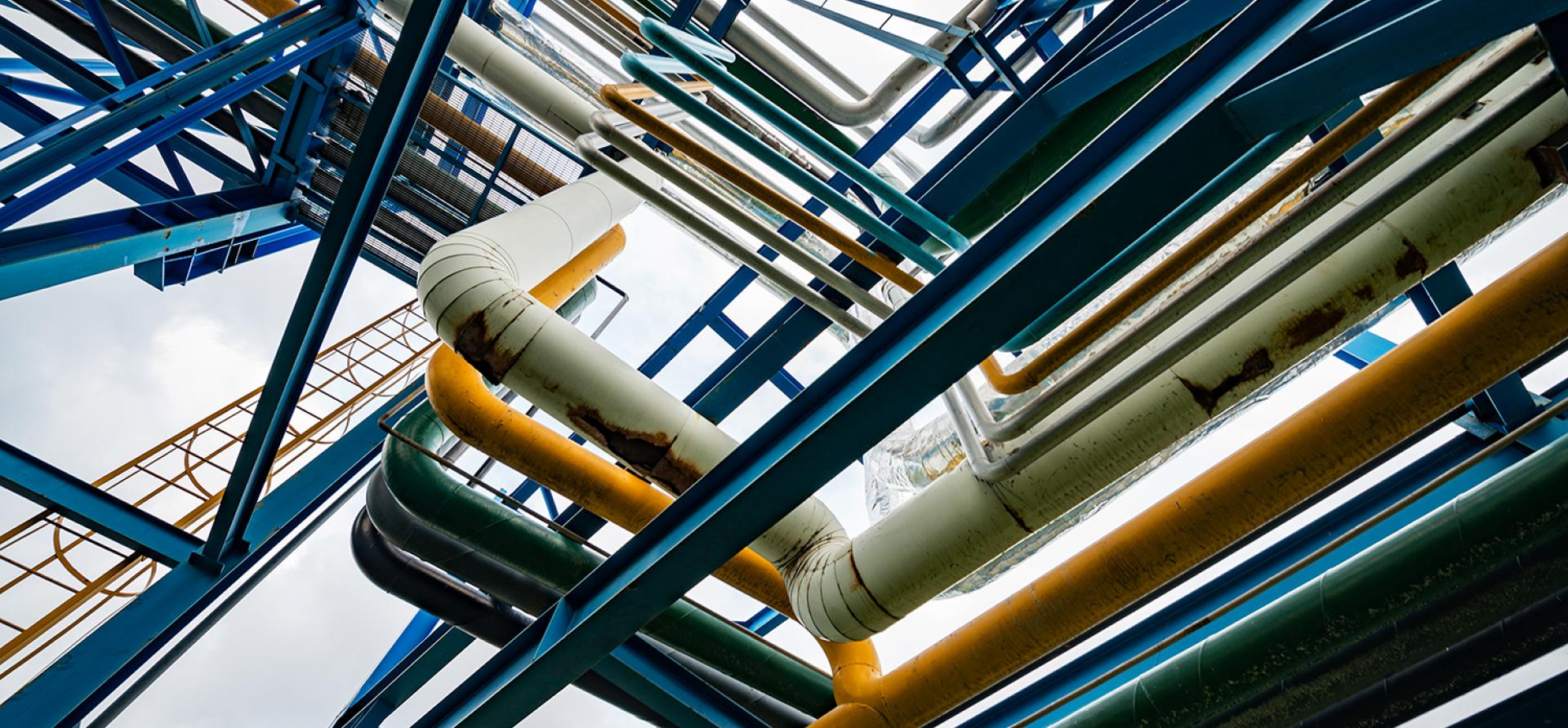
Key Findings
The Russia-Ukraine conflict is likely to have longer-term impacts on already volatile energy markets.
Lasting volatility in LNG prices could mean that price-sensitive buyers in Asia are effectively locked out of the market for several years, unable to compete on price.
The threat of reduced Russian energy supplies to Europe also looms large. Any cuts to the Russian supply of gas to Europe could push Europe further into LNG markets, tightening the demand-supply balance and boosting prices further.
Executive Summary
Global liquefied natural gas (LNG) markets are experiencing a period of extreme volatility, which many will undoubtedly attribute to Russia’s invasion of Ukraine. Surely, prices will stabilize soon—or so the thinking goes.
However, unpredictability and energy insecurity are fundamental, not fleeting, characteristics of LNG markets. LNG price volatility began well before the Russian invasion and will have longer-term ramifications after the dust settles.
Europe’s role as a balancing market for LNG is changing as it weans itself off Russian piped gas, indicating potentially greater competition with Asia for LNG volumes. Significant new LNG supply capacity is not expected online until the middle of the decade, while unplanned outages at existing facilities have reached record levels. This means that price-sensitive LNG buyers in Asia could be squeezed out of a tighter global market. Meanwhile, a renewed threat of cuts to Russian gas and LNG supply to Europe looms large, and the global macroeconomic picture is fundamentally more unstable than energy crises in recent memory.
As a result of extreme price fluctuations over the past two years, developing countries, in particular, have faced difficulty securing fuel supplies, causing fuel and power shortages. Such energy insecurity often has the most detrimental impacts on economically vulnerable communities least responsible for decisions to import higher levels of expensive fossil fuels.
Volatility also complicates planning horizons for energy sector planners. It can often result in an expensive reallocation of resources and reversion to other fossil fuels like coal and oil rather than facilitating a step forward in the transition to clean energy.
The formation of reliable national budgets also becomes more difficult, especially in developing countries where large portions of government budgets go to fuel subsidies. These subsidy allocations expose governments to significant budgetary risks when global commodity prices spike. In markets where fuel costs are passed through to end-users, households and businesses are unfairly exposed to price volatility in global markets.
Yet, the natural gas industry and gas exporting governments are pushing the narrative that LNG projects will lower energy costs, improve energy security, and grease the wheels of the energy transition by facilitating the integration of new renewable energy sources. [1]
As a result, many policymakers, project developers, and financiers in Asia are doubling down on new LNG import projects and gas-fired power projects. But the Russian invasion of Ukraine demonstrates that LNG will not only be more expensive than alternative, domestically-sourced energy options, but also significantly more unpredictable.















